AI algorithm interprets brain EEG signals to guide robot arms, deep learning’s overinterpretation problem and how ensembles can help.
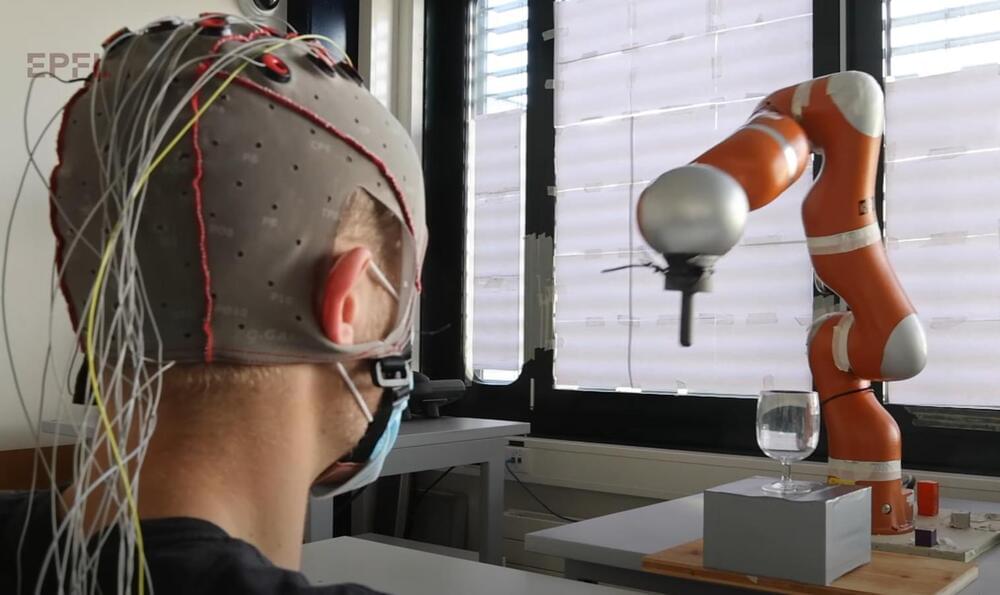

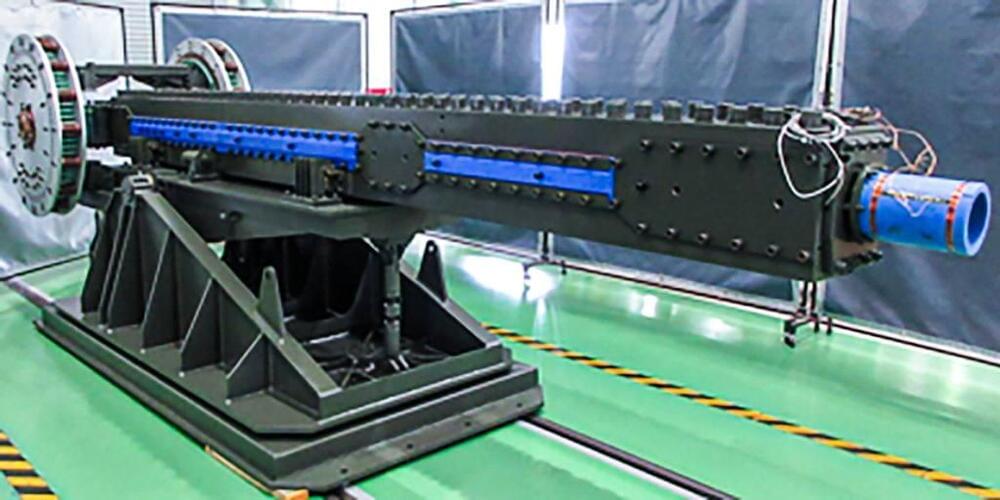
Defense Ministry expects to have a bolstered intercept system by late 2020s.
TOKYO — The Japanese Defense Ministry will develop a means to intercept hostile missiles using magnetically powered projectiles, sources told Nikkei Asia, as the nation scurries to respond to the hypersonic weapons being developed by China, North Korea and Russia.

Just seven months after it announced a milestone record for plasma fusion, the Chinese Academy of Sciences has absolutely smashed it.
Their ‘artificial Sun’ tokomak reactor is has maintained a roiling loop of plasma superheated to 120 million degrees Celsius (216 million degrees Fahrenheit) for a gobsmacking 1,056 seconds, the Institute of Plasma Physics reports.
This also beats the previous record for plasma confinement of 390 seconds, set by the Tore Supra tokamak in France in 2003.
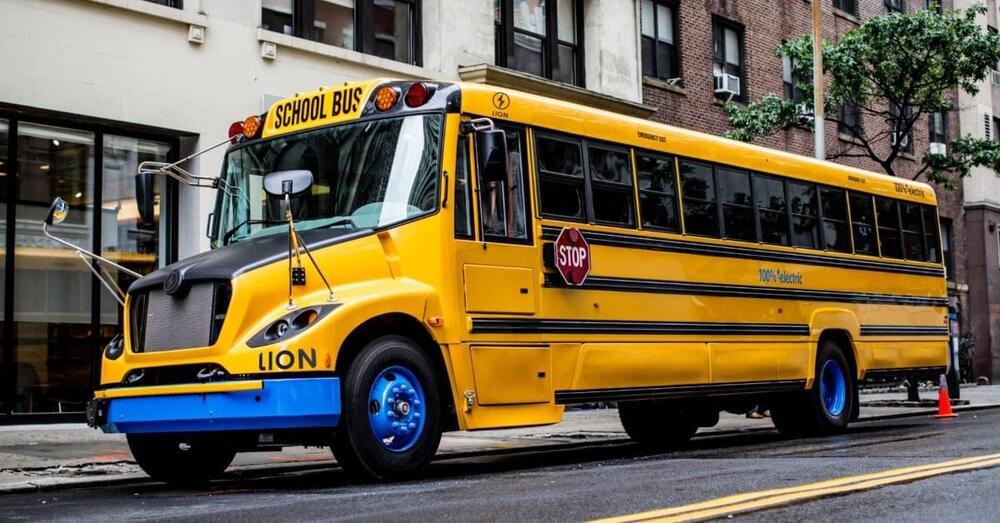

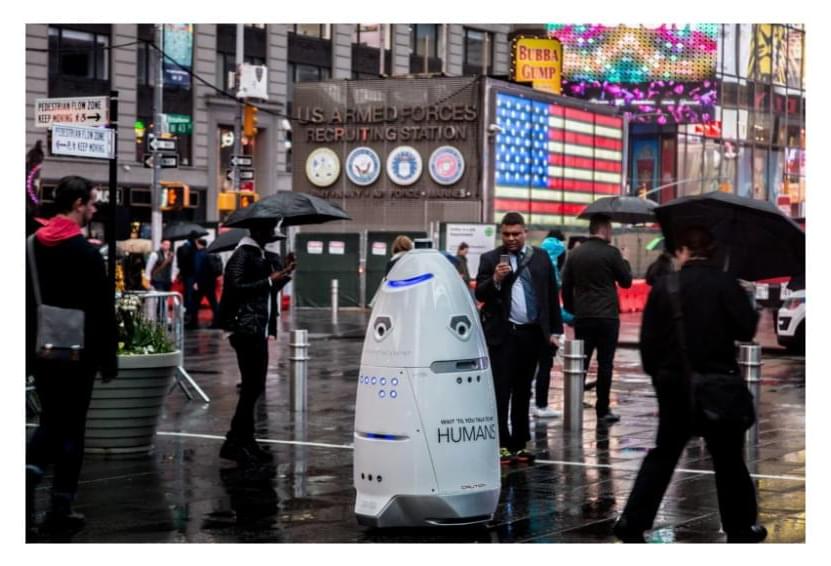
Picture credit: Knightscope.
The following post was written and/or published as a collaboration between Benzinga’s in-house sponsored content team and a financial partner of Benzinga.
Robots patrolling around shopping malls, casinos and places of work actively looking for criminal activity might no longer be something straight out of a science fiction novel or movie. Knightscope, Inc., a Silicon Valley Based startup, is building and deploying fully autonomous security robots that deter, detect and report crime.

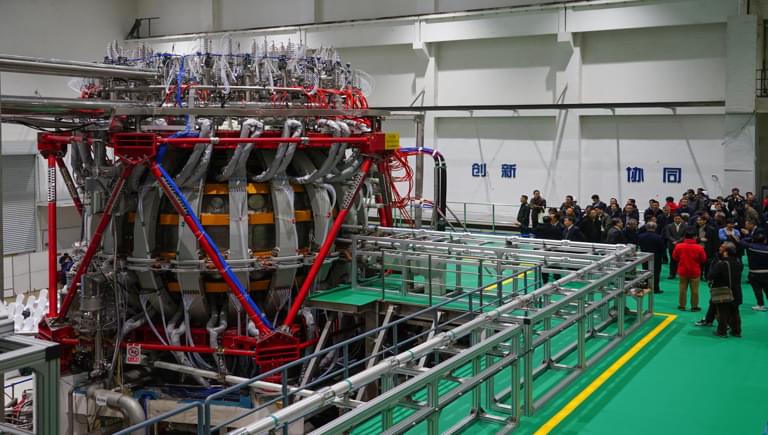
The Chinese experimental nuclear fusion reactor smashed the previous record, set by France’s Tore Supra tokamak in 2003, where plasma in a coiling loop remained at similar temperatures for 390 seconds. EAST had previously set another record in May 2021 by running for 101 seconds at an unprecedented 216 million F (120 million C). The core of the actual sun, by contrast, reaches temperatures of around 27 million F (15 million C).
Related: 5 sci-fi concepts that are possible (in theory)
“The recent operation lays a solid scientific and experimental foundation towards the running of a fusion reactor,” experiment leader Gong Xianzu, a researcher at the Institute of Plasma Physics of the Chinese Academy of Sciences, said in a statement.

Net-zero architecture is what will reduce emissions from the construction industry on a large scale. But make it inclusive as well as scalable and you also get a solution that can lift homeowners out of poverty while building a community! Created for that very purpose, these solar homes are aiming to help solve both the global housing and climate crises with one design. The houses produce their energy, harvest 100% of the rainwater, clean their sewage, and also have the potential to grow their own food!
It is called the PowerHYDE housing model and was created by Prasoon Kumar and Robert Verrijt of Billion Bricks from India and Singapore. The model explores sustainable solutions to empower and facilitate growth opportunities for people without homes around Southeast Asia which has a lot of rural and low-income populations. These homes not only provide shelter but are also a power module to scale sustainable communities that lift homeowners out of poverty!
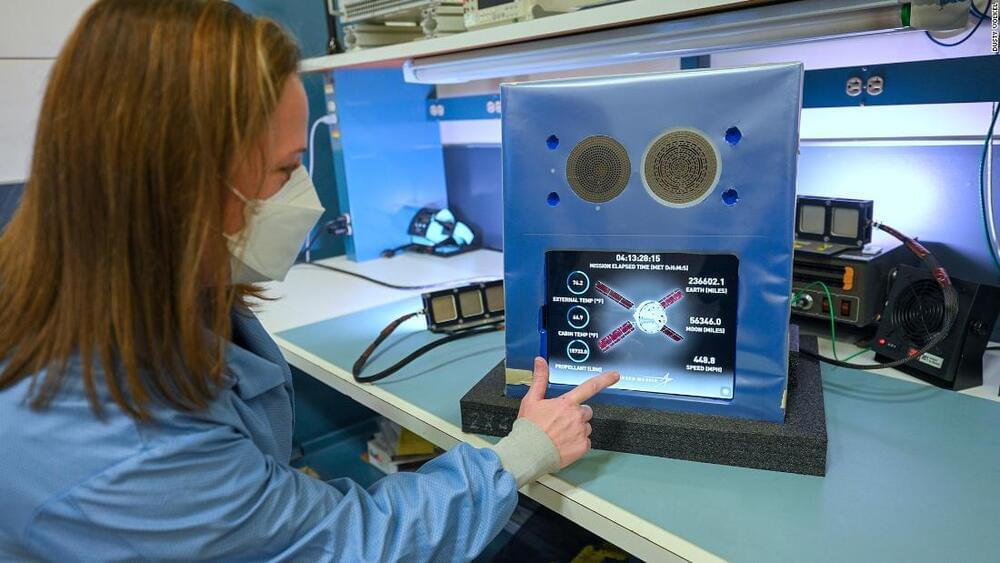
NASA’s Artemis 1 mission, slated for take off as soon as this March, aims to send an Orion spacecraft around the moon. The cabin will be largely empty, save for an a interactive tablet that has been dubbed “Callisto,” which will sit propped up to face an astronaut mannequin. Callisto is essentially a touch-screen device that features reconfigured versions of Alexa, Amazon’s voice assistant, and Cisco’s teleconferencing platform WebEx.
Among the many aspects that will be closely watched on the ground — at least by the group behind this Alexa experiment — is how the virtual assistant performs in space. And if nothing else, it’ll be some well-placed advertising.
It’s all part of a collaboration between Amazon, (AMZN) Cisco (CSCO) 0, and Lockheed Martin (LMT) 0, which built the Orion capsule for NASA. Lockheed approached the other two companies with the idea of developing a virtual assistant about three years ago, the companies said, and they are paying the full cost of including the virtual assistant on the Artemis 1 mission. Lockheed is also reimbursing NASA for any help the agency has lent on this project through an arrangement called a Space Act Agreement, which allows the space agency to be compensated for expertise or resources it gives to companies working on certain space-related projects.